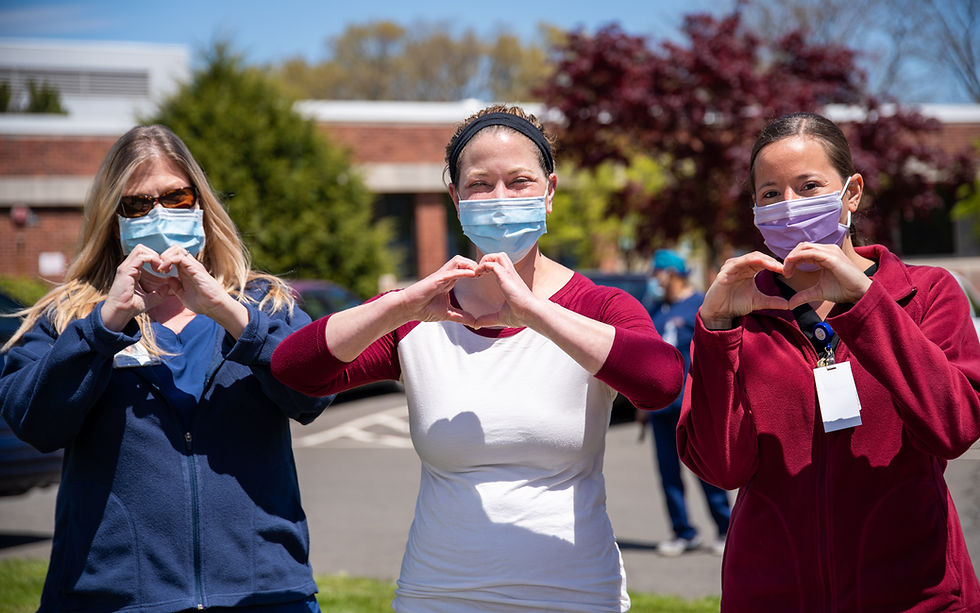Coaching beyond resolutions
- Oct 8, 2020
- 3 min read

Today we explore how to work with clients who have made New Year’s resolutions to lose weight and to get more physically fit. Of the 50% of people who make resolutions, fewer than 10% are successful. There is a lot of room for improvement.
A resolution to lose weight and get fit emerges at least in part from an unstable and negative source of motivation. Clients often have an impatient and demanding inner critic declaring something along the lines of: “YOU SHOULD LOSE WEIGHT. It’s about time you get this done. I can’t believe you have not done this already.” The inner critic attacks one’s self-esteem and self-worth, basically inferring – you are not good enough. Its intention is to generate fear as a motivator to get you off your butt and into the gym, while eating salads and healthier food. Unfortunately, fear of failing or of being a failure, is not an optimal source of motivation.
How do you help clients develop a robust start to their resolutions? Help them begin with self-compassion, which leads to a softer, kinder motivation that improves the brain’s ability to learn and change, and has been shown to improve the probability of success. Ten years ago, psychologist Kristin Neff, Ph.D., began to study self-compassion, leading to a growing body of research literature describing its benefits to mental health, management of emotional stress, and performance.
Kristin’s formula starts with mindfulness to notice and name the negative feelings that go along with being overweight and sedentary that you want to escape by losing weight. Suffer with these feelings for a few moments, instead of trying to push them away. Sadly, trying to push these emotions away is a temporary move as the brain doesn’t have the software to destroy negative emotions for good. These emotions will inevitably come back to bite you. The only way to get past negative emotions is to work through them. Then, help your clients feel a connection with humanity. “You are not alone, many others are suffering with excess weight.” Negative emotions do not want to be alone, they want company, to feel connected, and fortunately when it comes to weight loss, people are not suffering alone.
Next is to help your clients be kind to their negative feelings. The biological method for soothing the scared emotions of a newborn is the ten- der soothing by its parents, releasing a neurochemical called oxytocin, the hormone of love. This same soothing phenomenon works just as well in adults, except we can soothe ourselves with big-hearted self-kindness.
The last step in processing the negative emotions tied to today’s state of being overweight is to learn from them – at their best they are good teachers, they have messages to share. “The stress of being overweight is impairing my closest relationships,” for example. Or “I want to be a good role model for my kids so they don’t suffer the way I am.”
A next part of the change process is to have your clients envision the future they want, a future that feels much bigger and more inspiring than a lower number on the weight scale. Harvard psychologist Shelley Carson, Ph.D., teaches us in her book, Your Creative Brain, that when we use the brain’s visual machinery to picture what we want, (i.e., hiking a mountain with our children, looking great in stylish clothes, having lots of energy to make the world a little better place every day) we increase the probability of success.1 Change the words: “I resolve” to “I dream.” The furrowed brow of “I will make myself do this” transforms into eyes filled with hope for a better future. Help clients get clear on what they really want that a lighter and stronger body will give them, something much deeper than the number on the scale. Ask questions like, “How will your life be better if you lose weight?” and “What is the ’why I want to do this with all of my heart’ that can be summoned in the many moments every day when you are tempted to eat a cookie instead of an apple, take the elevator and not the stairs, or hit the snooze button rather then getting out of bed to exercise.” The bigger the why, the easier the how.
To conclude, in this column we’ve explored how to help clients develop a new approach to New Year’s resolutions, one built on mindfulness, with love and not blame, a heart’s desire not an inner critic, and a beautiful picture of what the future can bring. Next time we will explore more steps for turning resolutions into “I did it!”




Comments